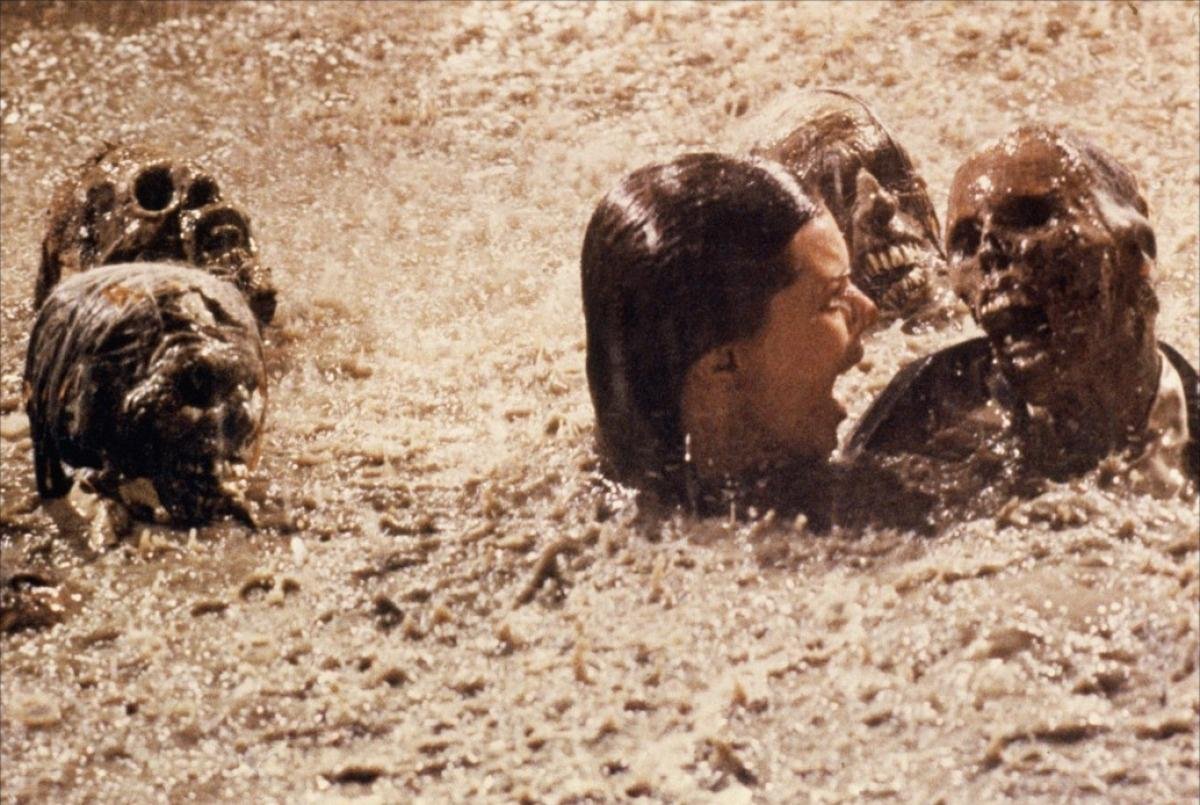The Controversy Surrounding the 1982 Movie Poltergeist and the Use of Real Skeletons
Released in 1982, Poltergeist is a classic horror film that has become a cult favorite among fans of the genre. Directed by Tobe Hooper and produced by Steven Spielberg, the movie tells the chilling story of a suburban family terrorized by malevolent spirits. While the film has garnered praise for its suspenseful plot and impressive special effects, it has also been the subject of controversy due to the alleged use of real skeletons during its production.
The Allegations and the Truth
For decades, rumors have circulated that real human skeletons were used in the making of Poltergeist. These rumors gained traction due to the film’s realistic and unsettling portrayal of the afterlife. It was believed that the production team opted for authenticity by using actual human remains to enhance the horror elements of the movie.
However, these allegations were eventually debunked. The skeletons used in Poltergeist were not real, but rather, they were replicas made from plastic and resin. The production team employed skilled prop makers to create lifelike skeletons that would convincingly portray the supernatural presence in the film.
Despite the clarification, the controversy surrounding the use of real skeletons in Poltergeist continues to persist. The film’s success and enduring popularity have only served to fuel the speculation, with many fans still believing that the skeletons used were genuine.
The Ethical Concerns
Even though the skeletons in Poltergeist were not real, the controversy raises important ethical questions about the use of human remains in the entertainment industry. The idea of using actual skeletons, whether for artistic purposes or otherwise, raises moral concerns and challenges our perception of what is acceptable in the pursuit of entertainment.
While the use of real skeletons in movies was not uncommon in the past, it is now widely frowned upon. In recent years, there has been a shift towards more ethical practices in the film industry, with stricter regulations in place to ensure the respectful treatment of human remains and the use of appropriate substitutes.
It is essential to recognize that the controversy surrounding Poltergeist reflects a different era in filmmaking, where ethical considerations may not have been as prominent. Today, filmmakers are more conscious of the impact their choices can have on society, and there is a greater emphasis on responsible and ethical production practices.
Lessons Learned and Moving Forward
The controversy surrounding the use of real skeletons in Poltergeist serves as a reminder of the importance of transparency and ethical decision-making in the entertainment industry. It highlights the need for filmmakers to consider the potential consequences of their choices and to prioritize the well-being and dignity of all individuals involved in the production process.
As audiences, we also have a responsibility to be critical consumers of media and to question the practices employed in the creation of the films we enjoy. By holding filmmakers accountable and advocating for ethical standards, we can contribute to a more conscientious and respectful industry.
In conclusion, while the 1982 movie Poltergeist has been the subject of controversy regarding the use of real skeletons, the allegations have been proven false. The skeletons used in the film were replicas made from plastic and resin. Nevertheless, the controversy raises important ethical considerations and serves as a reminder of the need for responsible and transparent practices in the entertainment industry.
Suggested reads:
Introducing Iganony: Your Ultimate Instagram Story Viewer
